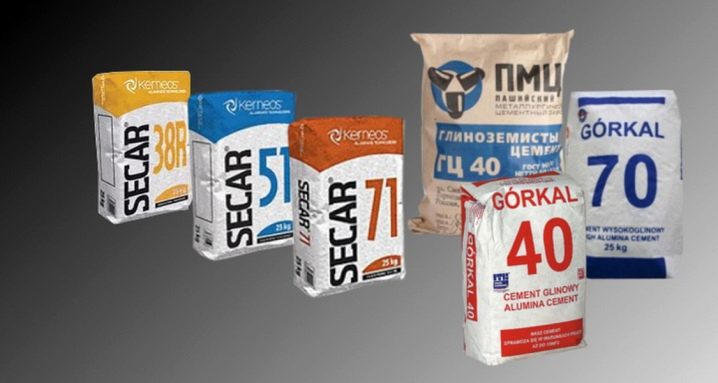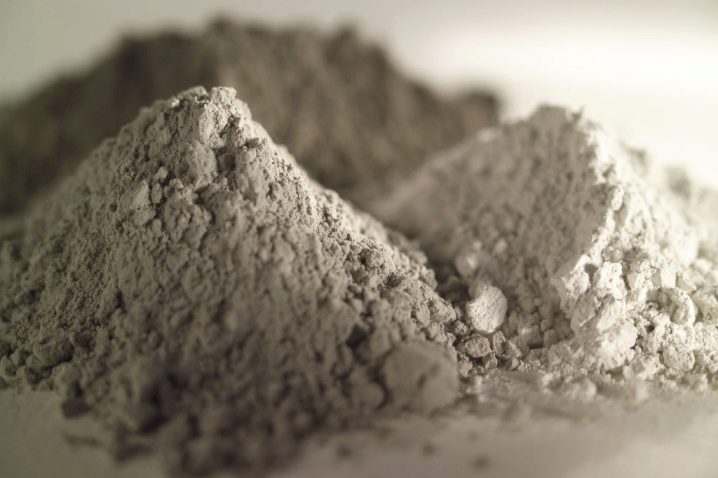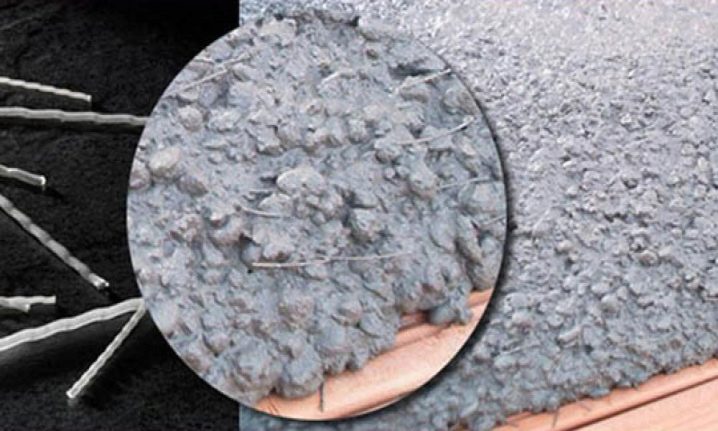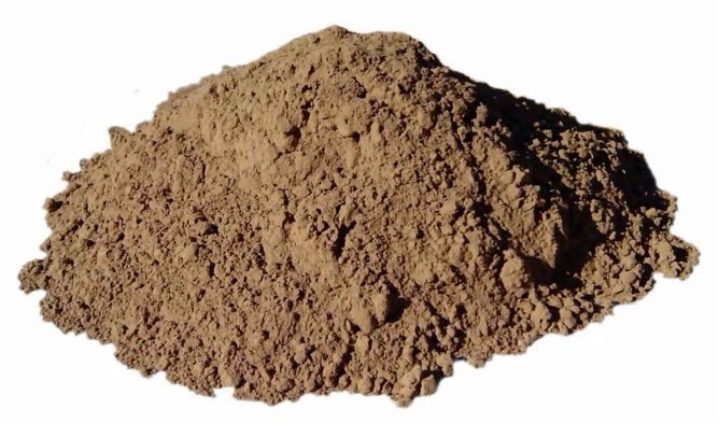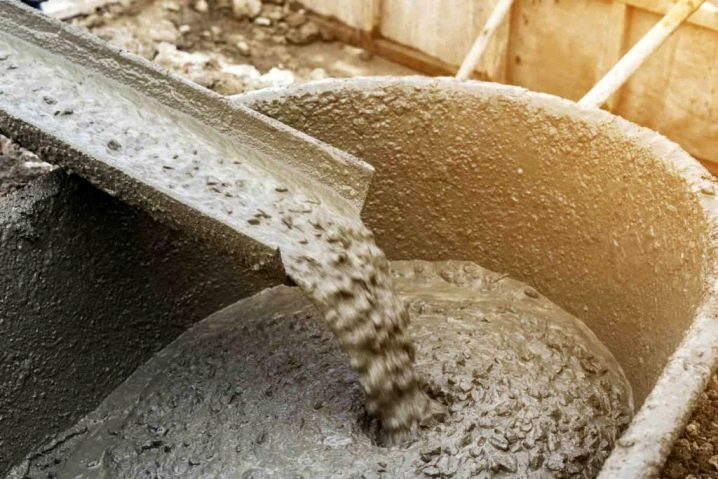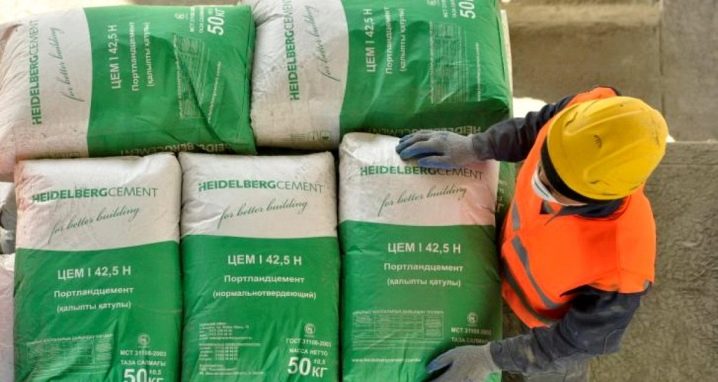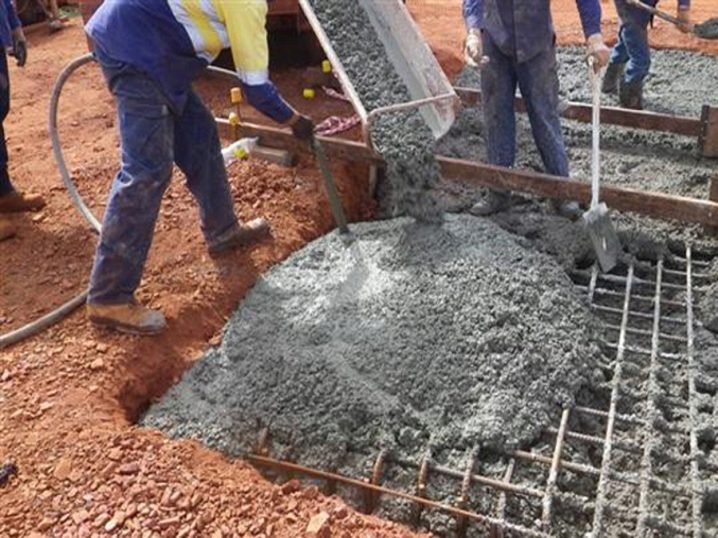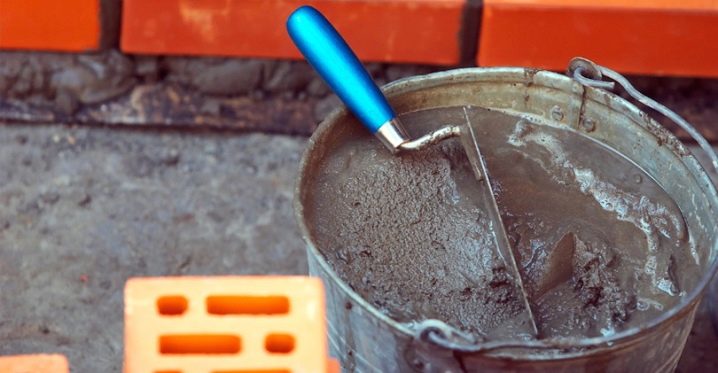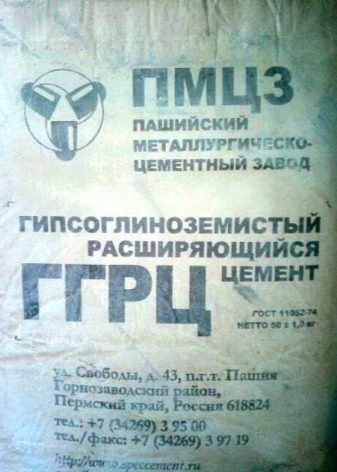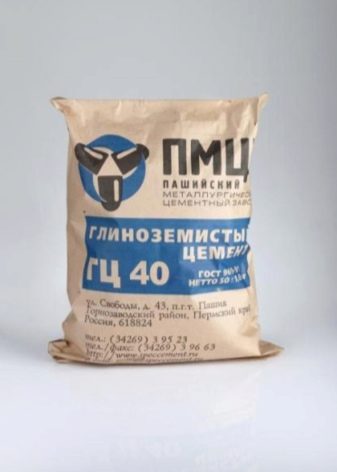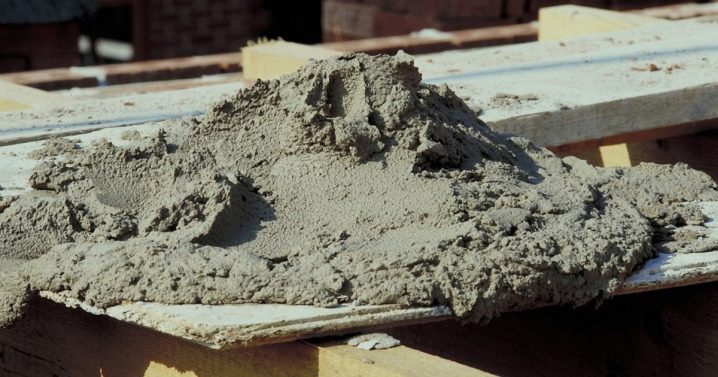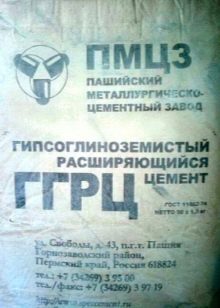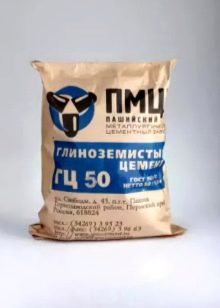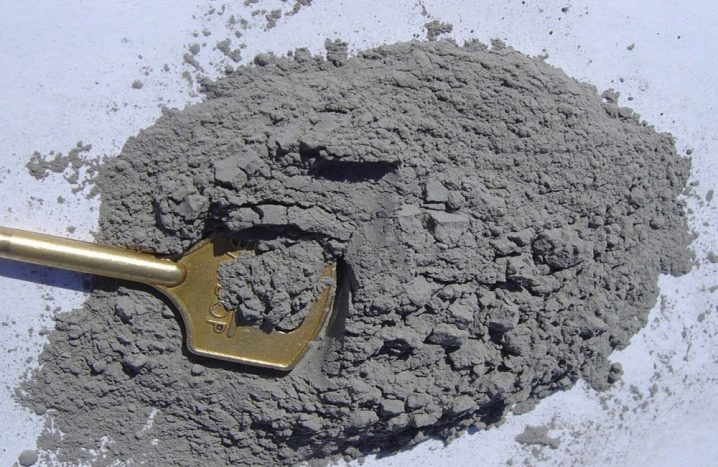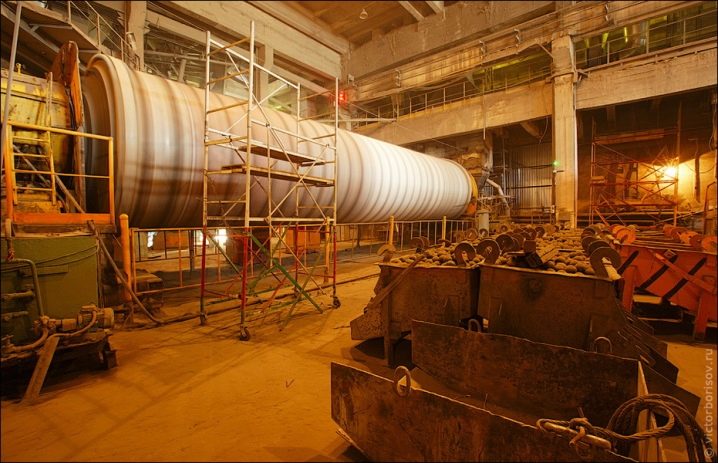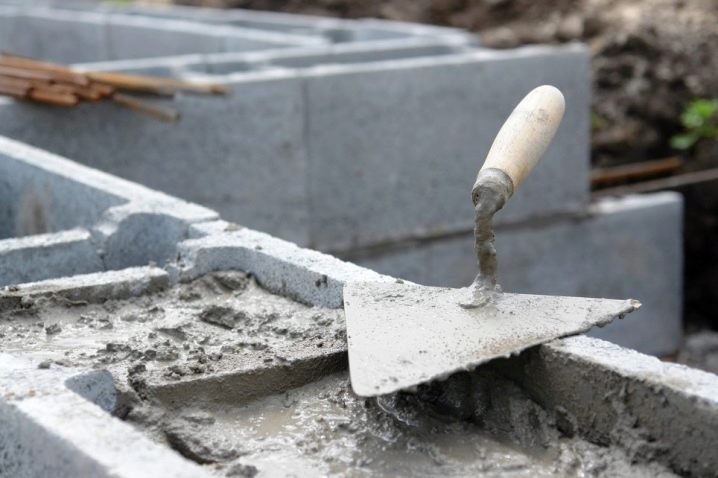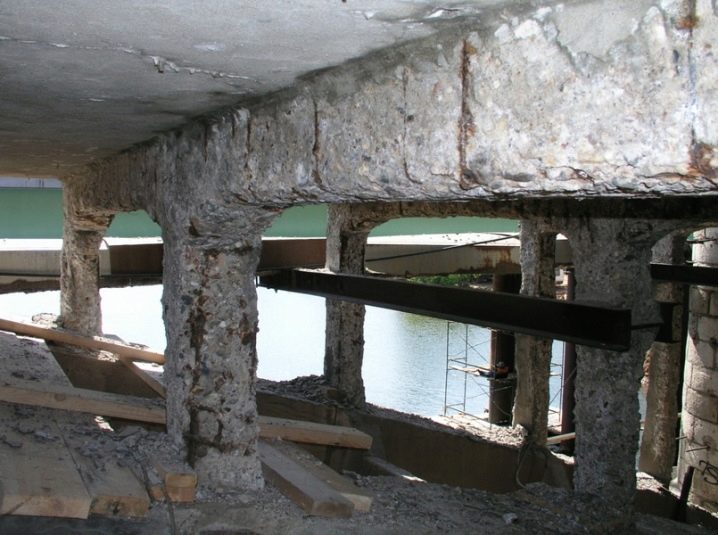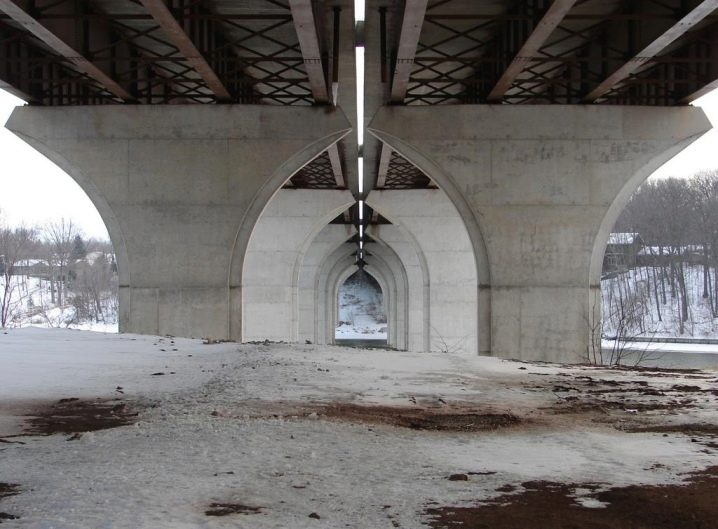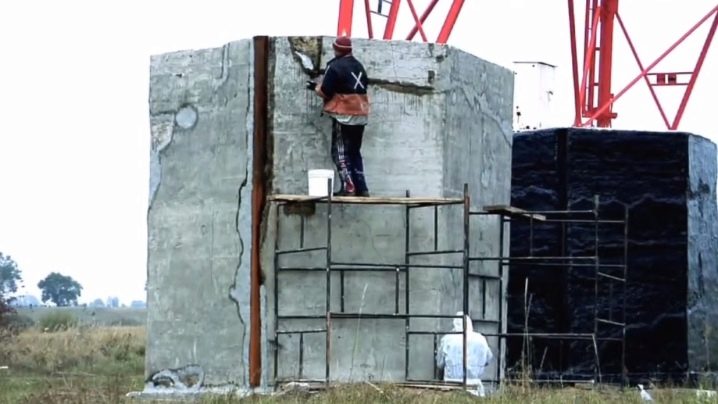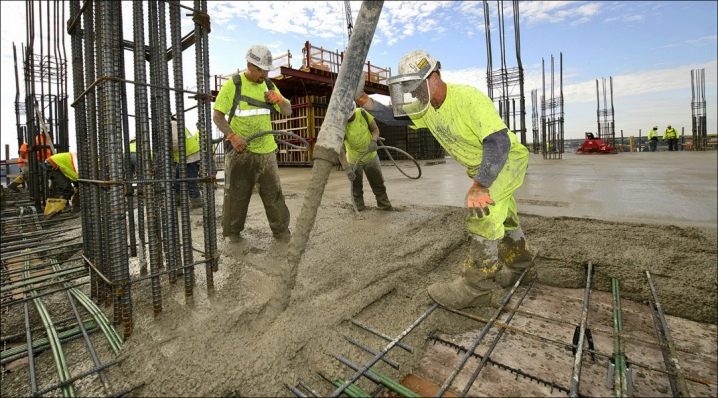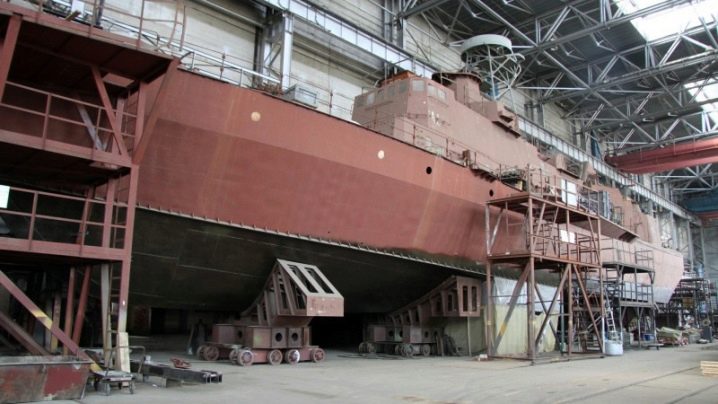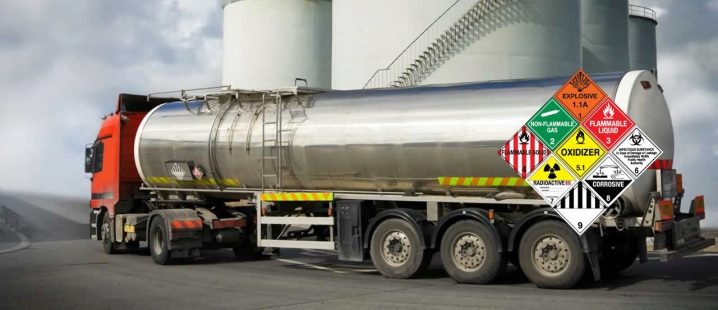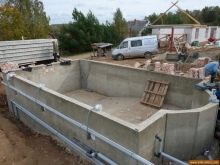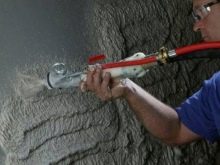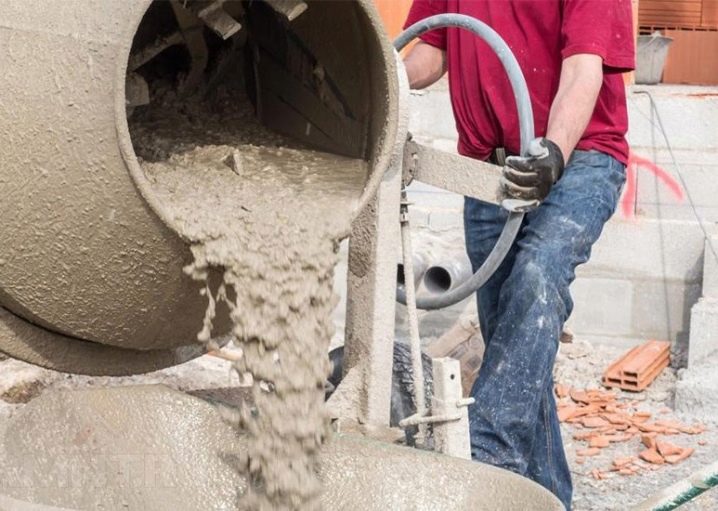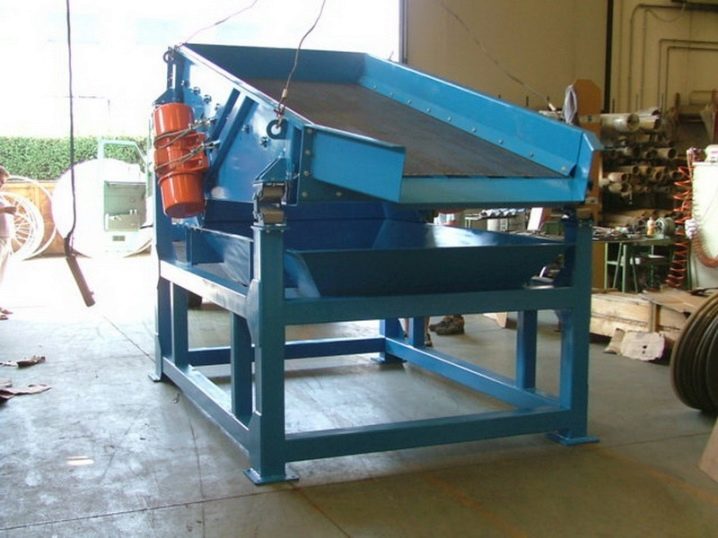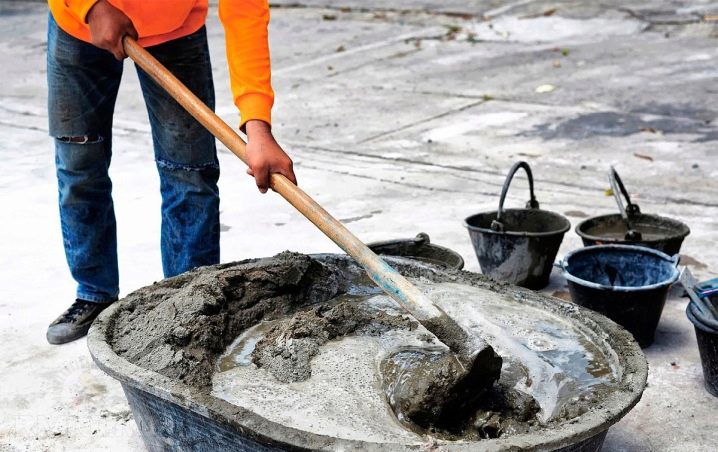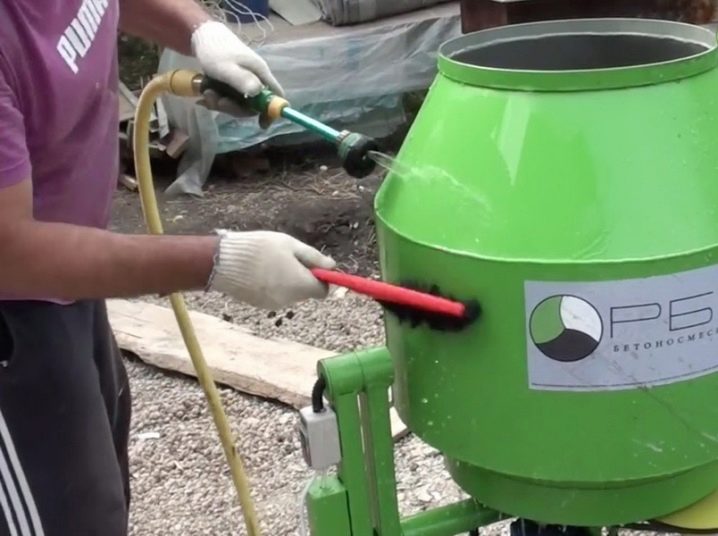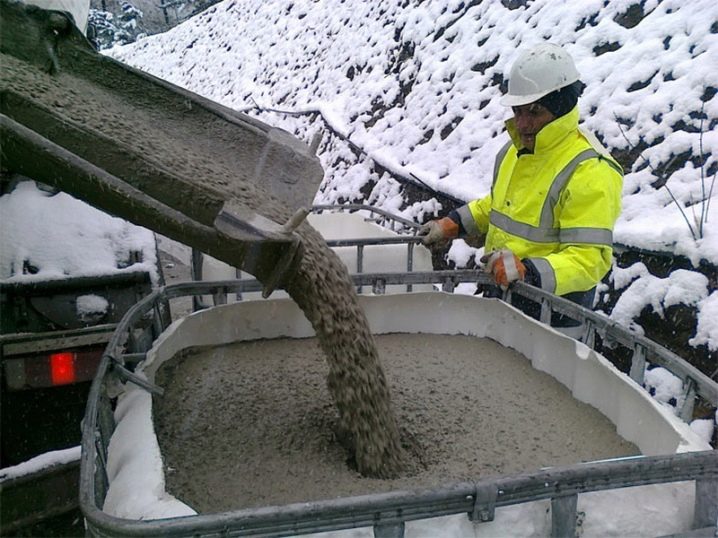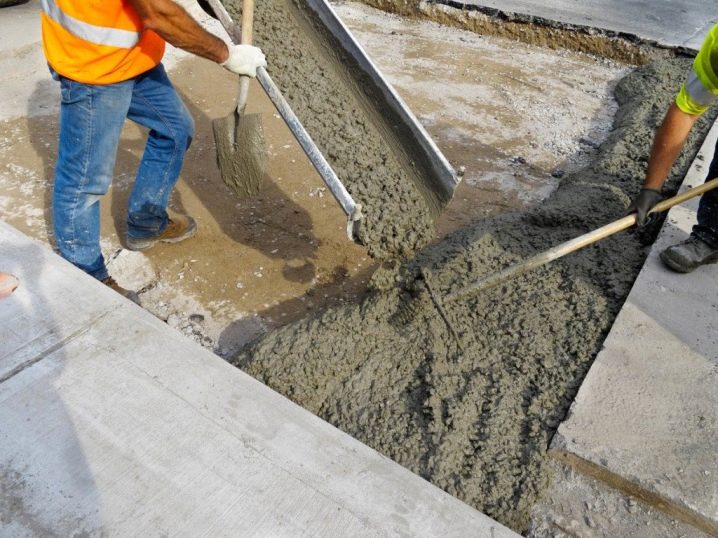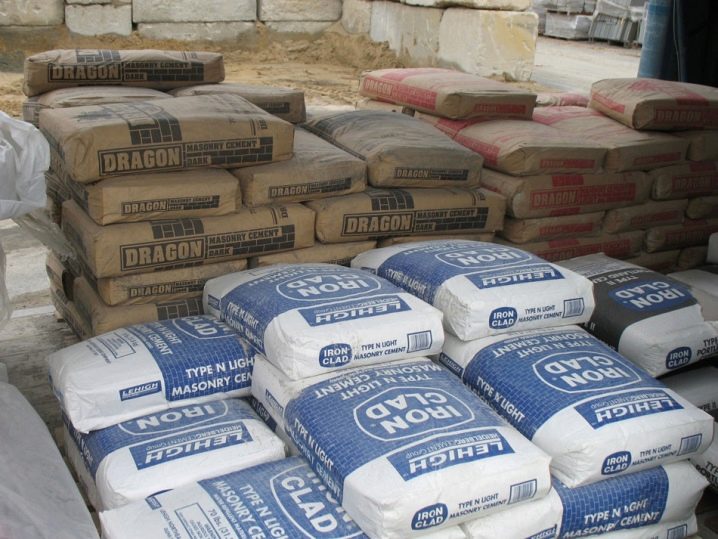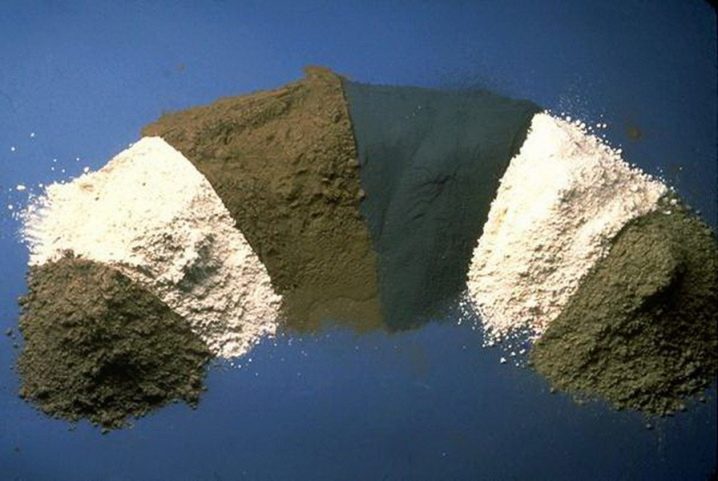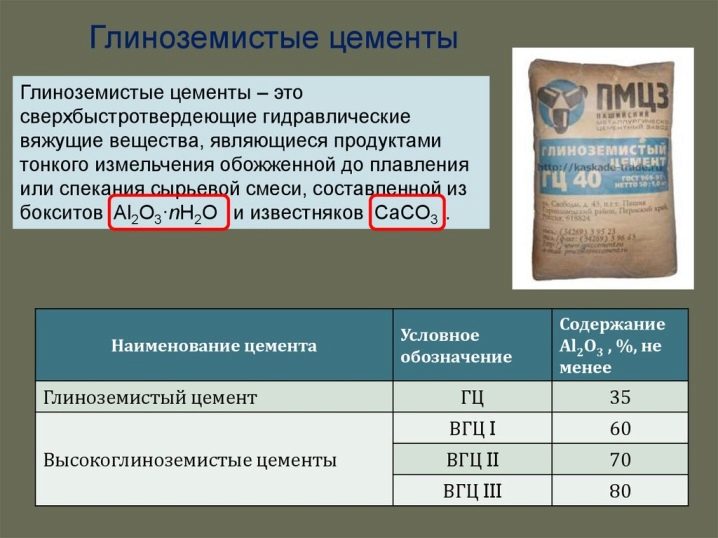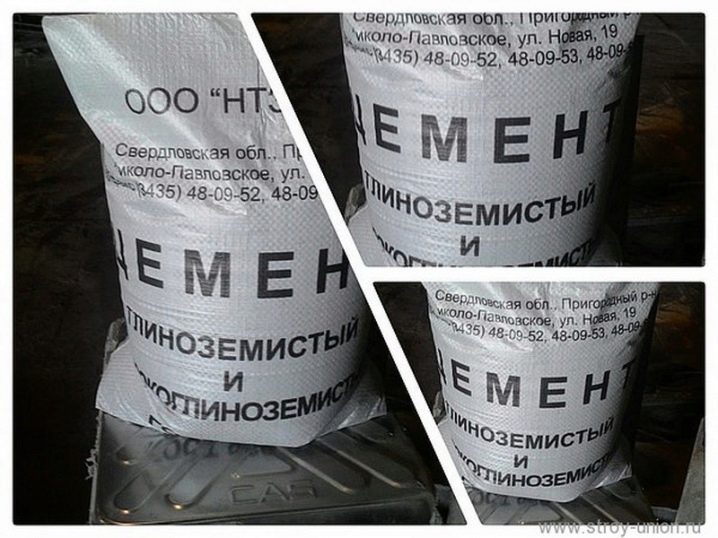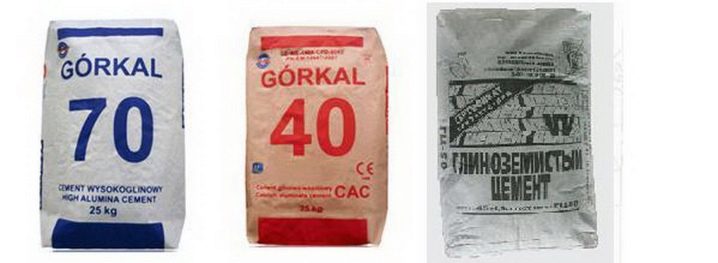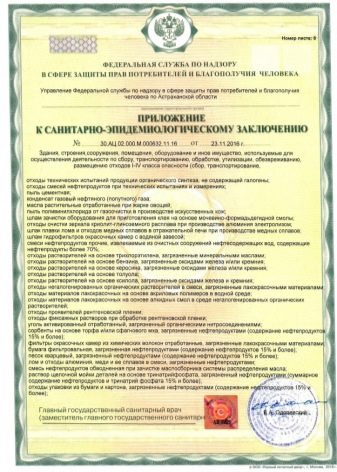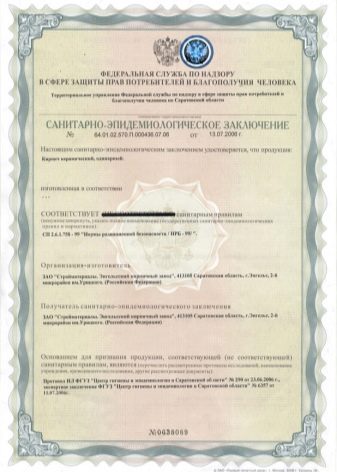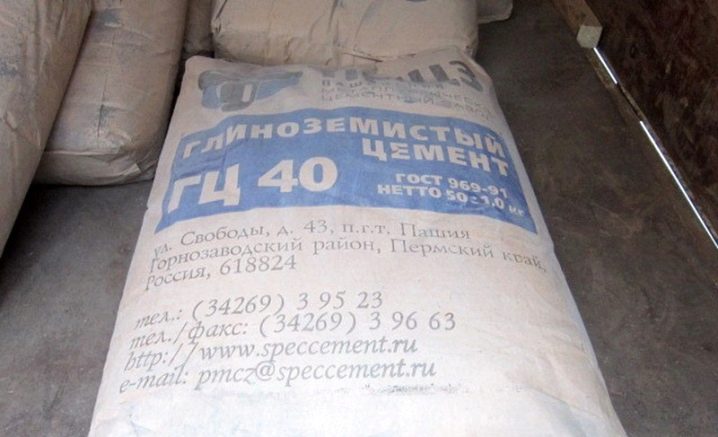Aluminous Cement: Features and Applications
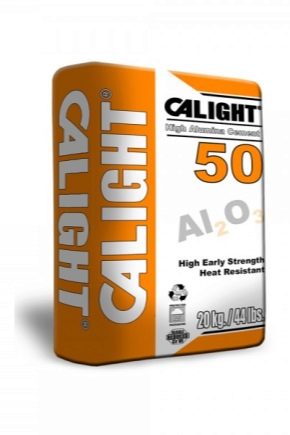
Aluminous cement is a very special kind, which by its properties is very different from any kindred material. Before you decide to buy this expensive raw materials, you need to take into account all the features, as well as familiarize yourself with the areas of application of the goods.
Special features
The first thing that distinguishes alumina cement from all the others is the ability to harden extremely quickly in air or in water. To achieve this effect, the feedstock is specially processed, fired, crushed. So, the raw materials are necessarily soils, enriched with aluminum, and supplement them with alumina.It is because of the special raw materials that the second name of aluminous cement went - aluminate.
As mentioned above, alumina cement has a hardening time much less than other species. Grabs this type after 45 minutes after application. Final hardening occurs after 10 hours. In some cases, there is a need to accelerate the already fleeting process. Then in the initial composition add gypsum, getting a new variety - gypsum-aluminous variant. It is characterized only by a faster setting time and hardening with full preservation of high strength characteristics.
And to make the material waterproof, concrete is added to it. Since the alumina variety is a priori water resistant, cement only enhances these initial properties. An important quality is frost resistance, as well as anti-corrosion. This gives the material considerable advantages for its reinforcement.
All the positive properties of high alumina cement can be combined into a large list.
- Excellent strength characteristics. Even under water, the material will be resistant to chemical and mechanical external influences. It is not subject to corrosion, it is not afraid of extremely low temperatures.All this opens up huge opportunities for its use.
- High speed setting and hardening. This is especially true if you want to build any structure in the shortest possible time (for example, for three days).
- Immunity to aggressive components of the external environment. We are talking about all sorts of chemical compounds that for a long time affect the finished cement structure, for example: hard sulphite-containing water during mining operations, toxic gases, extreme heating.
- Excellent adhesion with all kinds of materials. An example would be, for example, metal fittings, which are often compacted blocks of alumina cement.
- Resistance to open fire. There is no need to fear that the cement will dry out and crumble. It perfectly withstands both exposure to high temperatures and direct fire flow.
- An opportunity to use as an additive to usual cement. This is true when you need to make the structure frost-resistant, while saving. On the basis of alumina raw materials make quick-expanding and non-shrinking cement mixtures,which apply in industrial construction or when carrying out urgent repair work.
There are alumina options and disadvantages.
- First and foremost is the high cost of production of the material. Here it is important not only the equipment, which should be super-durable and have increased power, but also strict adherence to technology, temperature control during firing and other nuances.
- The second drawback is associated with the dignity of the mixture. Due to the fact that the alumina variety produces heat when hardened, it is not suitable for pouring large areas: cement may not harden properly and collapse, but in one hundred percent of cases it will lose much in strength characteristics. It is impossible to pour such cement in strong heat, when the thermometer shows a temperature above 30 degrees. This is also fraught with loss of strength.
- Finally, despite the high resistance of the alumina variant to acids, toxic liquids and gases, it is absolutely not able to endure the negative effects of alkalis, therefore it cannot be used in alkaline-containing media.
Alumina cement is divided into two large groups: expanding and mixed. The peculiarity of expanding is the ability of raw materials to increase in the process of hardening. Eye changes will not be noticeable, but this has a positive effect on the resulting density of the monolithic cement block. Expansion occurs in the range of 0.002-0.005% of the original volume.
Mixed samples are made mainly in order to reduce the cost and, accordingly, the price of the product.However, in some cases, additives provide additional characteristics. For example, gypsum guarantees a higher hardening rate, while the cost of cement increases. Slag and other active mineral additives, on the contrary, increase the setting time, but the price for such mixed cement is much lower.
Specifications
The technical characteristics of high alumina cement vary depending on which brand it belongs to. According to GOST 969-91, developed back in the 70s, the strength of such cement is divided into HZ-40, HZ-50 and HZ-60. Also the proportions of certain substances in the composition depend on what properties you need to achieve and in what area the cement will be used.It makes no sense to give here the chemical formulas of the substances that make up the cement, but for comparison, it should be said that ordinary alumina cement contains from 35% to 55% bauxite, while high-alumina refractory contains already 75% to 82%. As you can see, the difference is significant.
As for technical properties, although alumina cement is a fast-hardening option, it should not affect the rate of its setting. According to the rules and regulations, it should be at least 30 minutes, and full seizure occurs after 12 hours after application (maximum). Since the material has a special crystal structure (all the crystals in the substance are large), it is not very susceptible to deformational changes, and therefore it is safe to speak about its non-shrinkage and relatively small mass.
There are different options for the characteristics and depending on the method of their production. Only two methods are presented: melting and sintering.
Each of them has its own specifics.
- Scientifically, the first method is called the method of melting the raw material mixture.It involves several stages, each of which deserves close attention. First you need to prepare the raw materials. After that, the cement raw material mixture is melted and gradually cooled, closely monitoring the temperature indices to ensure the best strength characteristics. In conclusion, the resulting high-strength slag is crushed and crushed, obtaining alumina cement.
- In the sintering method, everything happens the other way round: first, the raw materials are crushed and crushed, and only then they are subjected to roasting. This is fraught with the fact that the cement obtained in this way is not as strong as with the first method of development, but the second option is less labor-intensive.
Another technical feature is the fineness of grinding, which is expressed as a percentage of sieve residue. This parameter is also governed by GOST and is 10% for each brand of cement. Extremely important is the content in the composition of alumina. It must be at least 35%, otherwise the material will lose some of its features.
The technical parameters of the alumina cement composition can vary within fairly wide limits. (this also applies to chemical formulas of the substance), but this should not significantly affect its main characteristics, such as rapidity of solidification, strength, moisture resistance, resistance to deformation. If during manufacture the technology was not observed, and a part of the listed characteristics is lost, the material is considered defective and is not subject to further operation.
Spheres of use
Alumina cement has a huge range of purposes for which it can be used. Most often it is chosen for emergency work or cocking structures under the ground or water, but this list is not limited.
- If the bridge structure was damaged, it can be successfully restored with the help of an alumina variety due to the water resistance of the material and its ability to quickly set and harden without sacrificing strength even in water.
- It so happens that the structure must be built in a short time, and it is necessary that it gain strength in the first two days after the foundation. Here again, the best option is alumina.
- Since HZ is resistant to all kinds of chemicals (with the exception of alkalis),then it is suitable for construction in conditions of high sulphate content in the environment (most often in water).
- Due to its resistance to all kinds of corrosive processes, this type is suitable not only for fixing reinforcement, but also anchors.
- When isolating oil wells, they use alumina (more often high-alumina) cements, as they freeze even when mixed with oil products.
- Since alumina cement has a low mass, it is excellent for sealing holes, holes, holes in sea vessels, and due to the high strength of raw materials such a “patch” will last for a long time.
- If you need to lay the foundation in the soil with a high content of groundwater, then any of the brands HZ is perfect.
- The aluminous variety is used not only for the erection of buildings and structures and the incorporation of something. Capacities are poured from it in which it is planned to transport highly toxic substances, or if they must be located in aggressive environmental conditions.
- During the manufacture of refractory concrete, when the heating temperature is planned at the level of 1600-1700 degrees, alumina cement is added to the composition.
If you plan to use such cement at home (for example, for the manufacture of hydro-resistant plaster or construction), then you must follow the instructions for working with him.
Waterproof plaster with the addition of high alumina cement is used in many areas:
- to seal cracks in water pipes;
- wall decoration in underground rooms;
- sealing of pipeline connections;
- repair of pools and showers.
Application
Since every person living in a private home may be faced with the need to use the alumina option, Below is a guide on how to work with it.
- It should be borne in mind that the best way to work with this type of cement is to use a concrete mixer. Manually stir the mixture so well and quickly is not possible.
- Freshly purchased fresh cement can be used immediately. If the mixture has lain a bit, or the expiration date is almost over, it will be necessary to sieve the cement beforehand. To do this, use a special vibrating sieve. The mixture is placed in it with the help of a construction bladed auger and sifted.Thus, the cement mixture loosens and is prepared for further use.
- It is necessary to take into account a higher degree of viscosity of high alumina cement compared to other types. Therefore, the mixing of the cement slurry is performed for a longer time. If in ordinary cases it takes an hour or one and a half, then in cases with alumina varieties - 2-3 hours. It is not recommended to mix the solution longer, as it will start to set, and it may be difficult to apply it.
- Keep in mind that the concrete mixer should be immediately cleaned, because later, when this heavy-duty cement hardens, the washing procedure will require a lot of time and effort, not to mention the fact that sometimes it is not possible to clean the concrete mixer.
- If you plan to work with alumina options in the winter, you should keep in mind a number of nuances. Since the material in the process of solidification actively releases heat, all measures for the dilution and application of the mixture will differ from those when working with ordinary cement mortars.Depending on how many percent of the water in the mixture, its temperature can reach 100 degrees, in connection with which you need to work very carefully, not forgetting about safety.
- If you work with concrete, which contains alumina cement in the composition, then you need to ensure that its temperature remains at 10-15 degrees and in no case rose above, otherwise the concrete will begin to harden before you have time apply.
Marking
As mentioned above, according to GOST, three brands of this variety are distinguished: HZ-40, HZ-50 and HZ-60, each of which differs from the other in a number of characteristics. They all have the same setting time and hardening, but their strength varies greatly. Even at an early age, the mixture gain strength: HZ-40 - 2.5 MPa in a day and 40 MPa in three days; HZ-50 - 27.4 MPa in a day and 50 MPa in three days; HZ-60 - 32.4 MPa in a day (which is almost identical to the strength of cement of the HZ-40 brand after three days) and 60 MPa on the third day.
Each of the brands perfectly interacts with other substances: setting retarders or accelerators.
- The retarders include borax, calcium chloride, boric acid, citric acid, sodium gluconate and others.
- Accelerators are triethanolamine, lithium carbonate, portland cement, gypsum, lime and others.
In addition to ordinary alumina cement, high-alumina variants of the first, second and third categories are distinguished by the content of aluminum oxide. Their labeling, respectively, VHC I, VHC II and VHC III. Depending on what strength is expected on the third day after use, the marking is complemented by numbers.
There are the following options:
- HHC I-35;
- HCV II-25;
- HCV II-35;
- HCV III-25.
The higher the percentage of aluminum oxide in the composition, the stronger the resulting cement turns out. For a high-alumina solution of the first category, the content of aluminum oxide in the composition should be at least 60%, for the second category - at least 70%, for the third - at least 80%. The setting period for these samples is also slightly different. The minimum threshold is 30 minutes, while full freezing should occur in less than 12 hours for IGC-35 and 15 hours for HC of the second and third categories.
Ordinary alumina cement does not possess fire-resistant qualities, and HHC of all categories must withstand high temperatures.Norms of fire resistance start at 1580 degrees and reach 1750 degrees for VHC III-25.
According to GOST, it is impossible to pack cements of grades of IH-35, VHC II-25, VHC II-35 and VHC III-25 in paper bags. Storage is allowed only in plastic containers.
Tips
In conclusion, it is necessary to give advice on how to distinguish genuine cement from false. The alumina and, moreover, the high-alumina refractory option are quite expensive, so you can face with a fake in this market quite often. According to statistics, about 40% of cement in the Russian market is fake.
There are a number of recommendations that will help to immediately consider the trick.
- The most obvious rule is to buy cement from proven, reliable suppliers. Well-established firms include Gorkal, Secar, Ciment Fondu, Cimsa Icidac and a few others.
- To dispel the final doubts, you need to ask the seller to show the sanitary-epidemic conclusion. It states that the material is absolutely safe for human health. Some unscrupulous manufacturers add radioactive substances to cement mixes. Although present in a small amount, they can cause significant harm to health. The normal content of natural radionuclides is up to 370 Bq / kg.
- If, after checking such a conclusion, there are doubts, we advise you to verify the address of the authority that issued the sanitary and epidemic conclusion. On the packaging and on the conclusion itself this address must be one and the same.
- Check the bag weight according to GOST. It should be equal to 49-51 kg and in no case beyond this framework.
- After selecting the composition, first buy one bag per sample. Knead cement at home, and if you rate it as high-quality, you will not find extraneous additives in the form of rubble or sand in it, then this means that it is high-quality.
- Finally, pay attention to the expiration date. It is extremely small - only 60 days from the date of packaging. Be sure to consider this criterion when choosing, otherwise you risk to buy material, the performance of which will be several times worse than expected.
Review of the technological scheme of high alumina cement, see the following video.
